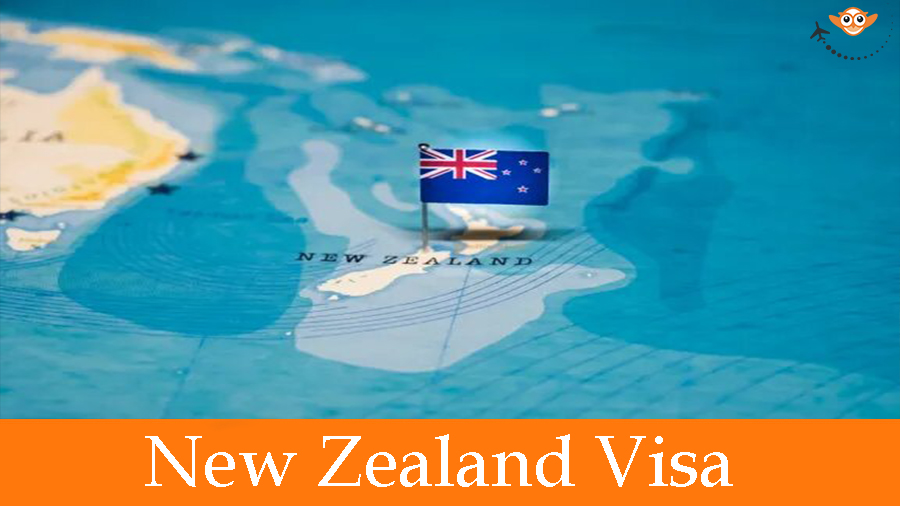In the highly competitive beauty industry, cosmetic packaging plays a crucial role in attracting consumers and conveying brand values. Effective packaging not only protects the product but also enhances the user experience and communicates the brand’s identity. This guide delves into the essential aspects of cosmetic packaging, including materials, design, and trends.
What Is Cosmetic Packaging?
Cosmetic packaging refers to the containers and materials used to hold and present beauty products, including skincare, makeup, haircare, and fragrances. It encompasses various elements such as jars, bottles, tubes, and boxes, all designed to safeguard the product while appealing to consumers.
Types of Cosmetic Packaging
- Bottles
- Commonly used for liquids such as lotions, serums, and shampoos, bottles can be made from glass or plastic and often feature pumps or droppers for easy dispensing.
- Jars
- Ideal for creams, balms, and other thicker products, jars can be made from glass, plastic, or acrylic. They are often designed with wide openings for easy access.
- Tubes
- Tubes are versatile and convenient for products like creams, gels, and toothpaste. They offer precise dispensing and are often made from flexible materials.
- Compacts
- Used primarily for makeup products like powders and blushes, compacts are compact cases that can include mirrors and applicators for convenience.
- Pallets
- Palettes are essential for multi-shade products like eyeshadow and lip palettes, allowing users to access a variety of colors in one package.
- Boxes and Cartons
- Packaging for outer protection and branding, boxes can house various cosmetic items and provide essential information about the product.
Key Features of Effective Cosmetic Packaging
- Material Quality
- The choice of materials significantly impacts the durability, safety, and aesthetics of the packaging. Common materials include glass, PET, PP, and cardboard, each with unique properties.
- User-Friendly Design
- Packaging should be easy to use, with features like pumps, droppers, or twist-off caps that enhance the consumer experience.
- Safety and Compliance
- Cosmetic box packaging must adhere to safety regulations and standards, ensuring that products remain uncontaminated and safe for consumer use.
- Sustainability
- Increasingly, brands are focusing on eco-friendly packaging options, using recyclable or biodegradable materials to appeal to environmentally conscious consumers.
- Branding and Aesthetics
- Packaging design should align with the brand’s identity, utilizing colors, graphics, and typography that resonate with the target audience.
Benefits of High-Quality Cosmetic Packaging
1. Product Protection
Effective packaging protects cosmetics from environmental factors such as air, light, and moisture, preserving the integrity and efficacy of the product.
2. Enhanced Consumer Experience
User-friendly packaging improves the overall consumer experience, encouraging repeat purchases and positive reviews. Innovative designs can make application easier and more enjoyable.
3. Brand Recognition
Distinctive and appealing packaging can enhance brand visibility on shelves and online platforms. Unique designs create a memorable impression and help differentiate the brand from competitors.
4. Marketing Opportunities
Cosmetic packaging provides an excellent platform for marketing messages. Brands can convey their values, benefits, and unique selling propositions through thoughtful design and labeling.
5. Sustainability Appeal
Brands that prioritize eco-friendly packaging can attract a growing segment of environmentally conscious consumers, enhancing their market appeal and reputation.
Current Trends in Cosmetic Packaging
1. Minimalism
Minimalist packaging designs focus on simplicity and elegance, allowing the product to speak for itself. Clean lines and muted colors are becoming increasingly popular.
2. Eco-Friendly Materials
The shift toward sustainability is influencing packaging choices, with many brands opting for recyclable, biodegradable, or refillable packaging options.
3. Customization
Personalization in packaging, such as custom labels or designs, enhances the consumer experience and fosters a deeper connection between the brand and its customers.
4. Smart Packaging
Innovative technology is being integrated into packaging, such as QR codes that provide additional product information or augmented reality experiences for consumers.
5. Bold Colors and Textures
Vibrant colors and tactile finishes are being used to create eye-catching packaging that attracts consumers’ attention and enhances shelf presence.
Conclusion
Cosmetic packaging is more than just a container; it is a vital aspect of branding, marketing, and consumer experience. By choosing the right materials, designs, and features, brands can effectively protect their products while appealing to their target audience. As trends continue to evolve, staying informed about innovations in Your Box Packaging will help brands remain competitive and successful in the dynamic beauty industry.










Leave a Reply